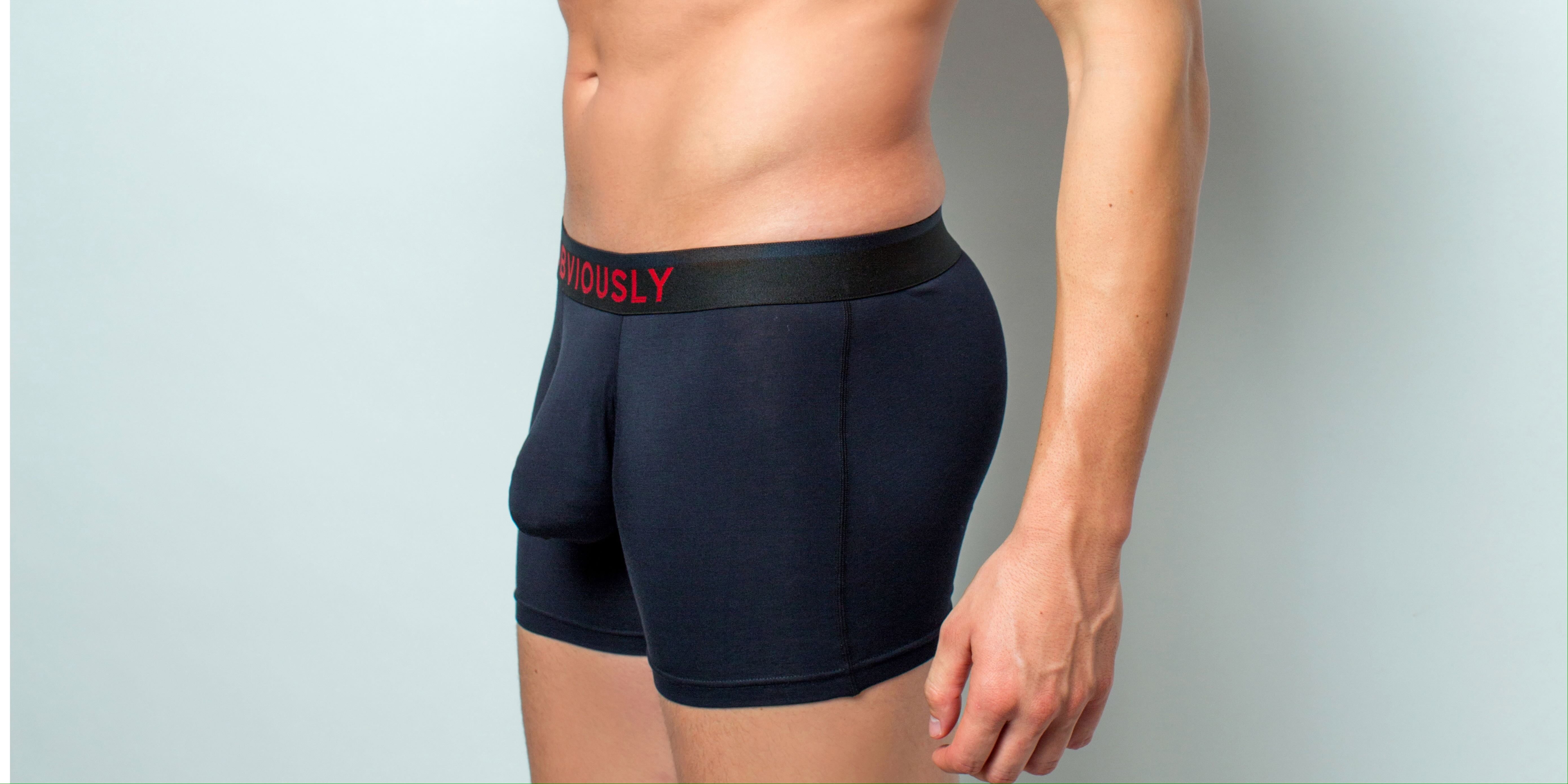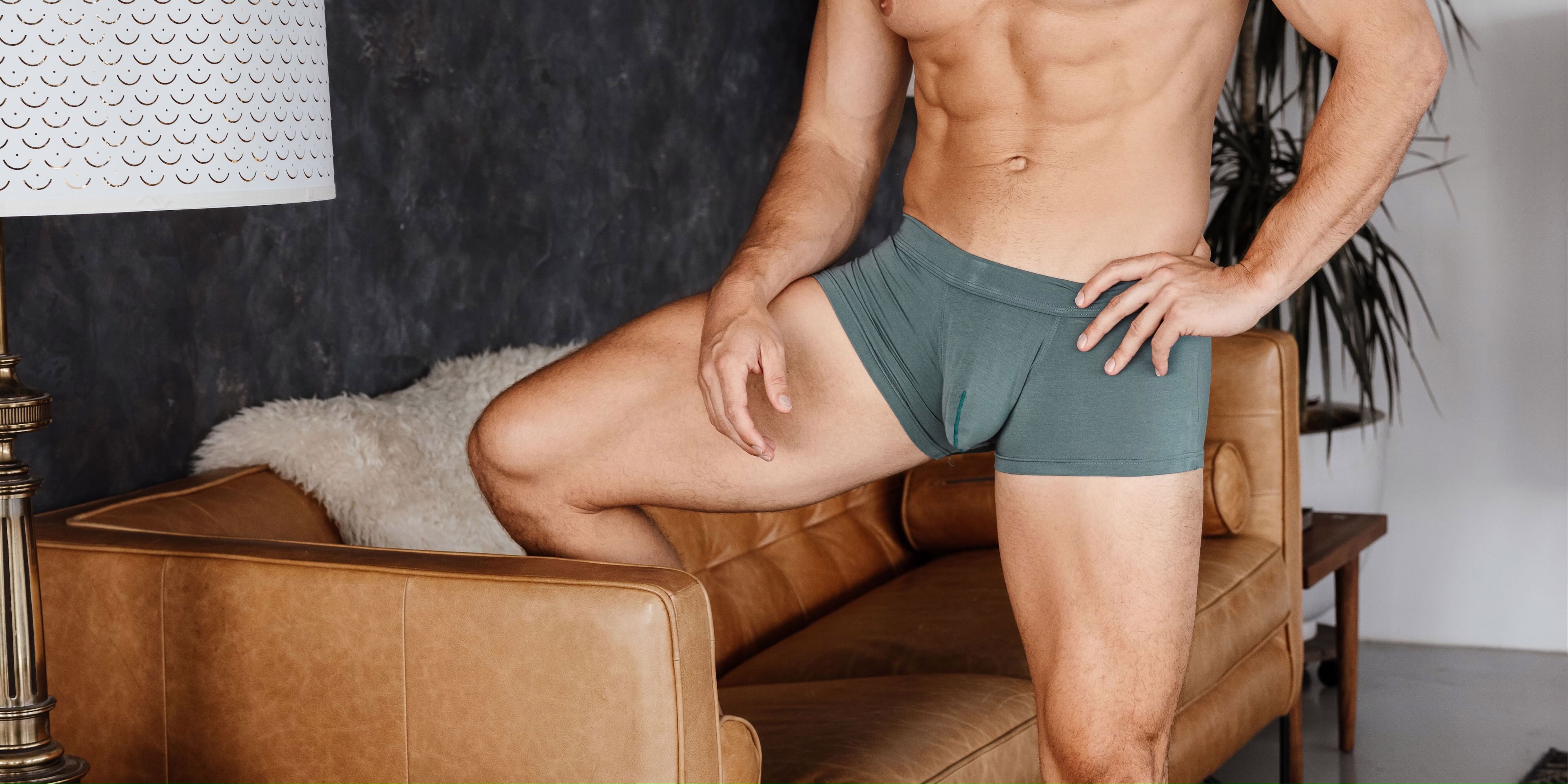
Rayon vs Cotton: Which Is Better For Underwear?
Selecting the right fabric for your underwear can significantly impact your comfort and overall well-being. Rayon and cotton are two popular choices, each with its own set of advantages and drawbacks. This article explores the essential characteristics of both materials, guiding you through their benefits and helping you determine which is better suited for your lifestyle.
What Is Rayon?
Rayon is a semi-synthetic fabric made from cellulose fibers derived from wood pulp, typically from trees like beech, pine, or bamboo. The cellulose is chemically processed to create a versatile and soft material that mimics the feel of natural fibers such as silk, wool, cotton, and linen. Known for its smooth texture and excellent draping qualities, rayon is highly absorbent and breathable, making it a popular choice for clothing, especially in warm climates. However, it requires careful handling and specific washing instructions to maintain its quality and longevity.
What Is Cotton?
Cotton is a natural fiber harvested from the seeds of the cotton plant, known for its softness, breathability, and versatility. It has been used for centuries in textile production due to its comfort and durability. Cotton fibers are spun into yarn and woven or knitted into fabric, making it a popular choice for a wide range of clothing, including underwear. Its natural properties allow for excellent moisture absorption and air circulation, which helps keep the skin cool and dry. Additionally, cotton is hypoallergenic and gentle on the skin, making it suitable for individuals with sensitive skin. Cotton garments are also easy to care for, typically requiring simple washing and drying.
What's The Difference Between Rayon and Cotton?
Origin
- Rayon: Semi-synthetic, made from chemically processed cellulose fibers derived from wood pulp.
- Cotton: Natural fiber, harvested from the seeds of the cotton plant.
Texture
- Rayon: Smooth, silky, and soft with excellent draping qualities.
- Cotton: Soft, breathable, and slightly textured, providing a natural feel.
Breathability
- Rayon: Highly breathable but can retain moisture, making it less ideal for very humid conditions.
- Cotton: Extremely breathable and excellent at moisture absorption, keeping the skin cool and dry.
Durability
- Rayon: Less durable, prone to shrinking and wrinkling, requires careful handling and specific washing instructions.
- Cotton: Highly durable, resistant to wear and tear, and easy to care for with simple washing and drying.
Moisture-Wicking
- Rayon: Good moisture-wicking properties but can become heavy when wet.
- Cotton: Absorbs moisture well but does not wick it away as efficiently as some synthetic fabrics.
Skin Sensitivity
- Rayon: Generally smooth and gentle on the skin but may irritate some individuals due to chemical processing.
- Cotton: Hypoallergenic and gentle on the skin, suitable for individuals with sensitive skin.
Environmental Impact
- Rayon: Production involves chemical processes that can be harmful to the environment if not managed properly.
- Cotton: Natural and biodegradable, but conventional cotton farming can be resource-intensive and involve pesticides.
Cost
- Rayon: Often less expensive than high-quality cotton but varies depending on the type and quality.
- Cotton: Can range from affordable to expensive, depending on the quality and type (e.g., organic, Egyptian).
Care Instructions
- Rayon: Requires gentle washing, often hand wash or delicate cycle, and air drying to maintain quality.
- Cotton: Easy to care for, typically machine washable and can be tumble dried.

What Are The Disadvantages Of Cotton?
While cotton is a very popular fabric, it does come with some disadvantages. One of the primary drawbacks is its tendency to shrink when washed, especially if not pre-shrunk or washed in hot water. Cotton can also wrinkle easily, requiring frequent ironing to maintain a neat appearance. Additionally, although cotton is highly absorbent, it can retain moisture, making it less ideal for activities involving heavy sweating or wet environments. Conventional cotton farming is resource-intensive, often requiring significant amounts of water and pesticides, which can have a negative environmental impact. Lastly, cotton can wear out faster than some synthetic fabrics, especially when exposed to frequent washing and drying cycles.
Is Cotton More Expensive Than Rayon?
The cost comparison between cotton and rayon fabric can vary based on several factors, including the quality of the fabric and the production methods used. Generally, high-quality cotton, such as organic or Egyptian cotton, tends to be more expensive than rayon fabric due to its superior softness, durability, and natural properties. However, standard cotton can be quite affordable and comparable in price to rayon. Rayon, being a semi-synthetic fabric, often costs less to produce, but its price can also fluctuate depending on the type and quality of the cellulose used and the complexity of the manufacturing process. Overall, while premium cotton varieties are typically more expensive, both fabrics offer a range of options that can fit different budgets.
Is Rayon More Eco-friendly Than Cotton?
The eco-friendliness of rayon compared to cotton is a complex issue, as both fabrics have environmental impacts that depend on their production processes. Rayon, made from cellulose fibers derived from wood pulp, involves chemical processing that can release harmful pollutants if not properly managed.
Sustainable practices, such as using certified sustainable wood sources and closed-loop production methods, can mitigate some of these environmental concerns. On the other hand, conventional cotton farming is resource-intensive, requiring large amounts of water and pesticides, which can lead to soil degradation and water pollution.
However, organic cotton farming practices aim to reduce these impacts by avoiding synthetic chemicals and promoting soil health. Ultimately, the environmental friendliness of either fabric depends on the specific practices used in their production, with both having the potential to be more sustainable if managed responsibly.
Does Rayon Have a Higher Comfort Level Than Cotton?
When it comes to comfort, the fabric comparison between rayon and cotton reveals that both have unique qualities that can enhance comfort, but in different ways. Rayon is known for its silky, smooth texture and excellent draping qualities, which can feel luxurious against the skin. Its high absorbency makes it effective at wicking moisture away, keeping you dry and comfortable.
However, rayon can become heavy when wet and may not be as breathable as cotton. Cotton, on the other hand, is celebrated for its softness and natural feel. It is highly absorbent, which helps keep the skin cool and dry, but it may retain moisture longer than rayon. Ultimately, the comfort level of each fabric depends on personal preference and specific use cases, with rayon offering a more silky feel and cotton providing a more natural, breathable experience.
Rayon vs Cotton Which Is Better For Underwear?
Comfort
- Rayon:
- Silky, smooth texture that feels luxurious against the skin.
- Excellent draping qualities, providing a snug yet comfortable fit.
- High absorbency, effectively wicks moisture away, keeping you dry.
- Cotton:
- Soft and natural feel, gentle on the skin.
- Highly breathable, allowing air circulation to keep you cool.
- Absorbs moisture well but may retain it longer, which can feel damp.
Durability
- Rayon:
- Less durable, prone to shrinking and wrinkling.
- Requires careful handling and specific washing instructions to maintain quality.
- Cotton:
- Highly durable, and resistant to wear and tear.
- Easy to care for with simple washing and drying, it maintains its shape and texture over time.
Skin Sensitivity
- Rayon:
- Generally smooth and gentle on the skin.
- May irritate some individuals due to chemical processing.
- Cotton:
- Hypoallergenic and suitable for sensitive skin.
- Natural fiber that is less likely to cause irritation or allergic reactions.
Breathability
- Rayon:
- Highly breathable making it ideal for very hot and humid conditions.
- Cotton:
- Extremely breathable, excellent at moisture absorption, keeping the skin cool and dry.
Moisture-Wicking
- Rayon:
- Good moisture-wicking properties keep you dry but can become heavy when wet.
- Cotton:
- Absorbs moisture well but does not wick it away as efficiently as some synthetic fabrics.
Environmental Impact
- Rayon:
- Production involves chemical processes that can be harmful to the environment if not managed properly.
- Sustainable practices, such as using certified sustainable wood sources and closed-loop production methods, can mitigate some environmental concerns.
- Cotton:
- Natural and biodegradable, but conventional cotton farming can be resource-intensive and involve pesticides.
- Organic cotton farming practices aim to reduce environmental impacts by avoiding synthetic chemicals and promoting soil health.
Cost
- Rayon:
- Often less expensive than high-quality cotton but varies depending on the type and quality.
- Cotton:
- Can range from affordable to expensive, depending on the quality and type (e.g., organic, Egyptian).
Care Instructions
- Rayon:
- Requires gentle washing, often hand washing or delicate cycle, and air drying to maintain quality.
- Cotton:
- Easy to care for, typically machine washable, and can be tumble dried.
Both rayon and cotton have their unique advantages and drawbacks when it comes to underwear. Rayon offers a silky, luxurious feel with good moisture-wicking properties, making it a great choice for those who prioritize a smooth texture and snug fit. However, it requires careful handling and may not be as durable. Cotton, on the other hand, provides a natural, breathable, and hypoallergenic option that is easy to care for and highly durable, making it ideal for everyday wear. The choice between rayon and cotton ultimately depends on your personal preferences and specific needs.
When Should Rayon Be Preferred Over Cotton?
Rayon should be preferred over cotton in situations where a silky, smooth texture and excellent draping qualities are desired, such as in dressier or more form-fitting underwear. Its high absorbency and moisture-wicking properties make it a suitable choice for individuals who need to stay dry and comfortable, especially in moderate climates. Rayon is also ideal for those who prioritize a luxurious feel against the skin and are willing to follow specific care instructions to maintain the fabric's quality. Additionally, rayon can be a good option for people who experience skin irritation with certain natural fibers, as its smooth surface can be gentler on the skin. However, it's important to consider that rayon may not be as durable as cotton and requires more careful handling.
Conclusion
In conclusion, the choice between rayon and cotton underwear ultimately depends on your personal preferences and specific needs. Rayon offers a silky, luxurious feel with excellent moisture-wicking properties, making it ideal for those seeking comfort and a snug fit in dressier or form-fitting styles. However, it requires careful handling and may not be as durable. On the other hand, cotton provides a natural, breathable, and hypoallergenic option that is easy to care for and highly durable, making it perfect for everyday wear and those with sensitive skin. By understanding the unique benefits and drawbacks of each fabric, you can make an informed decision that enhances your comfort and meets your lifestyle requirements.
Final Thoughts
At Obviously Apparel, your comfort is our top priority. Our underwear collection features an anatomical pouch design that provides exceptional support and ensures all-day comfort. If you're tired of compromising on comfort, your search for the perfect underwear brand ends here. Discover the comfort you deserve with Obviously Apparel.
Sources




